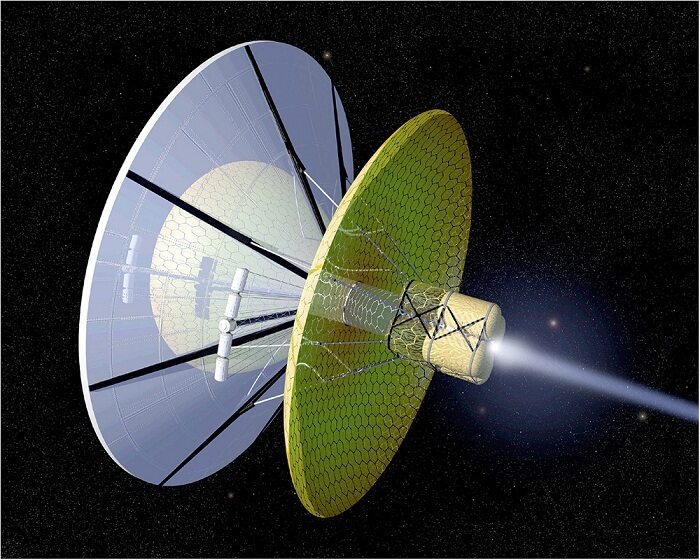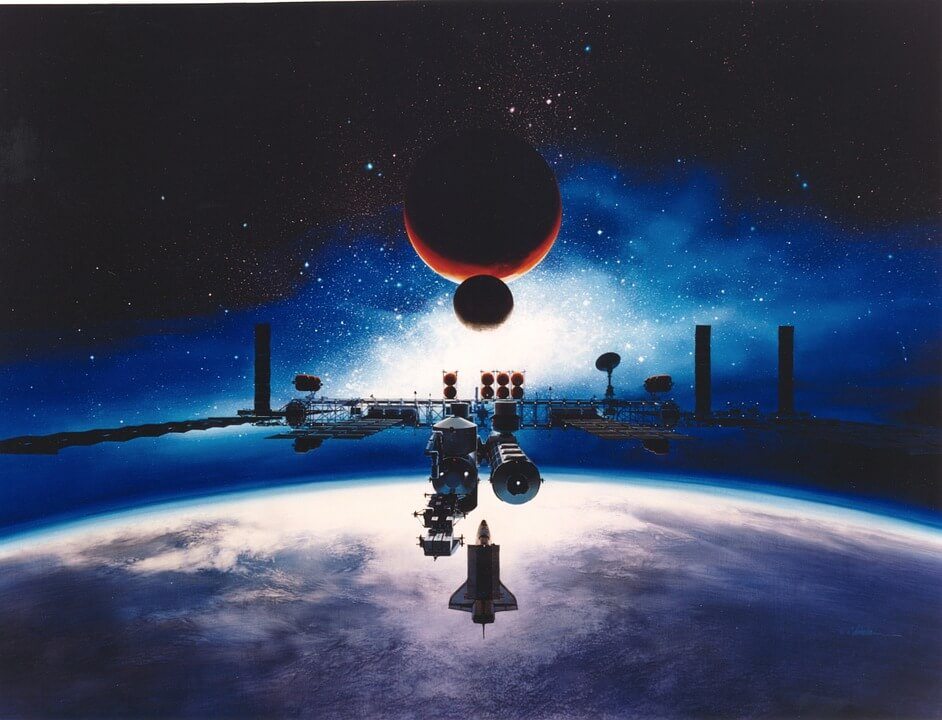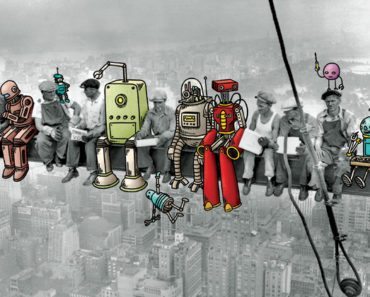Will we ever set foot on alien planets outside our Solar System? Is such a thing even possible in the near future? If yes, then how will it work?

PHOTO: Wikipedia
Hollywood and sci-fi writers have given us a rather fantastical vision of humans conquering galaxies, spreading across universes – the problem with that narrative is, that it is highly misleading. Despite groundbreaking technological advancements, we are nowhere close to setting foot outside of our galaxy.
There are still few technical limitations that we must overcome before boldly going where no man has gone before.
However, it doesn’t mean that there isn’t hope. There are several private initiatives that are determined to take us to the unknown. Some of these notable projects are Tau Zero Foundation, Project Icarus and Breakthrough Starshot.
As recently as August of this year, an Earth-like planet was discovered orbiting our nearest star. This is further instigated our inborn desire to reach out and discover the undiscovered. A fresh hope of interstellar has been installed in humans.
First of all where would we go?
This is a wrong question to ask. Yet it is the first question most people come up with it when discussing space travel.
Where would we go? – Anywhere!
There are more stars in the known universe (let alone the entirety of universe) than there are grains of sand on Earth. We are looking at an approximation of 70,000,000,000,000,000,000,000 planets. Around 1 billion planets are believed to be in the “Goldilocks zone” – not too hot, not too cold, right atmosphere, balanced orbit, in simpler words: very much like Earth.

PHOTO: TPS DAVE/PIXABAY
We can go anywhere we want! The first contender has to be the Alpha Centauri star system, “only” 4.37 light years away. There is a red dwarf star at the midst of this star system called Proxima Centauri. Scientists have discovered an Earth-like planet orbiting Proxima Centauri.
The planet called Proxima B is believed to be 1.3 times the size of Earth. It has a very balanced orbit around Proxima Centauri, taking only 11 Earth days to complete an entire trip. Scientists believe that the planet has the right temperature for liquid water – something that is obviously essential for life.
There is a downside to Promixa B. Its atmosphere is unknown and scientists believe that it is closer to Proxima Centauri than Mercury to our sun. This means that solar flares and radiation are a common occurrence on the planet.
Promixa B is tidally locked meaning it always has the same side facing towards its sun. That is something that completely varies from the understanding of day-night cycle that we have.
But how will we get there?
Now that is a $million $trillion question – and the right one to ask.
We have more than a billion potentially suitable planets to go. But that is not the problem, the real issue is how to get there. Given the current technologies’ prowess, landing on Proxima b will take 18,000 years, if we leave for the planet today. And that is the nearest destination, known universe spreads across billions of light years.
But that doesn’t mean we have given up. Breakthrough Starshot is an initiative taken by Russian billionaire couple Yuri and Julia Milner. Their goal is to send a very small unmanned probe into space, powering it by an Earth-based powerful laser.
The concept is based on a very very light spacecraft – less than 10 grams – to reach Alpha Centauri in 20 years. Since the sail of the craft is very light, it is believed that a powerful laser will propel it into space and it will attain 20% speed of light.
The Milners are focusing their efforts on miniaturizing the technologies so our tiny spacecraft can be equipped with camera, thrusters, communication channels, navigation equipment and power supply. Thus, we it flies by Proxima b, it quickly reports back to Earth.
If there is a suitable platform at Proxima b, we will inevitably attempt the more daunting task: landing people on Proxima b. Who knows, there might be others to welcome us there!
Can’t we just go through a warp drive?
As far as our current technology goes coupled with laws of physics: nothing can travel at or faster than the speed of light. Warp drives are only a concept of the distant future. But we haven’t given up.
NASA’s is currently developing its Xenon Thruster, an engine which can achieve speeds up to 90,000 mph (145,000 kmph), all the while using only a fraction of fuel that a conventional rocket uses. That is impressive.
However, even at those speeds, we won’t be able to venture out a great deal further beyond our Solar System in a single generation.
The only real solution seems like warping time and space (just like sci-fi movies), until we do that, interstellar travel is going to be a very slow and enduring enterprise.
Survival on interstellar journey
Scientists believe that we have to become very eco-friendly in our space maneuvers and equipment if we are to create a self-sustaining interstellar voyage. Taking food and water along is not a long term solution. You can pack a few items but not for the entire journey.
Astronauts will have to create their own implantation, oxygen, food and water.
Many of you must be wondering, how about we sleep all the way there?
Cryosleep is a method perfected in many sci-fi movies and stories but unfortunately no such things exists in reality. Cryosleep is a deep hibernation process that takes human body to a form of stasis. When he or she wakes up, her cells have not aged, it is just like waking up from one night of sleep – only hundreds maybe thousands years later.
One theory suggests we should send frozen embryos who won’t need to eat, drink or even breathe until we reach our destination. Assuming we overcome all the biological flaws in this theory and embryos do survive. But the problem is who will raise the humans? How will they know what to do? How will they know how to handle complex space equipment? What good would they be to us?
Finally, can it actually happen?
The answer is both (probably) yes and no.

PHOTO: DasWortgewand/PIXABAY
Probably not in the lifetime of you or me, or anyone old enough to read this. But beyond our lives and into the future the years, where science will no doubt have advanced to an unimaginable extent, it will probably happen.
Researcher Rachel Armstrong sums it up beautifully,
“From the outset of human existence we’ve looked up at the stars and projected our hopes and fears, anxieties and dreams there,” and speaking of Breakthrough Starshot, “this is no longer just a dream, this is an experiment now”.





![How To Boost Smartphone Battery Life [in 7 Easy Steps] How To Boost Smartphone Battery Life [in 7 Easy Steps]](https://suggestive.com/wp-content/uploads/2016/06/boost-smartphone-battery-life-guide-370x297.jpg)


